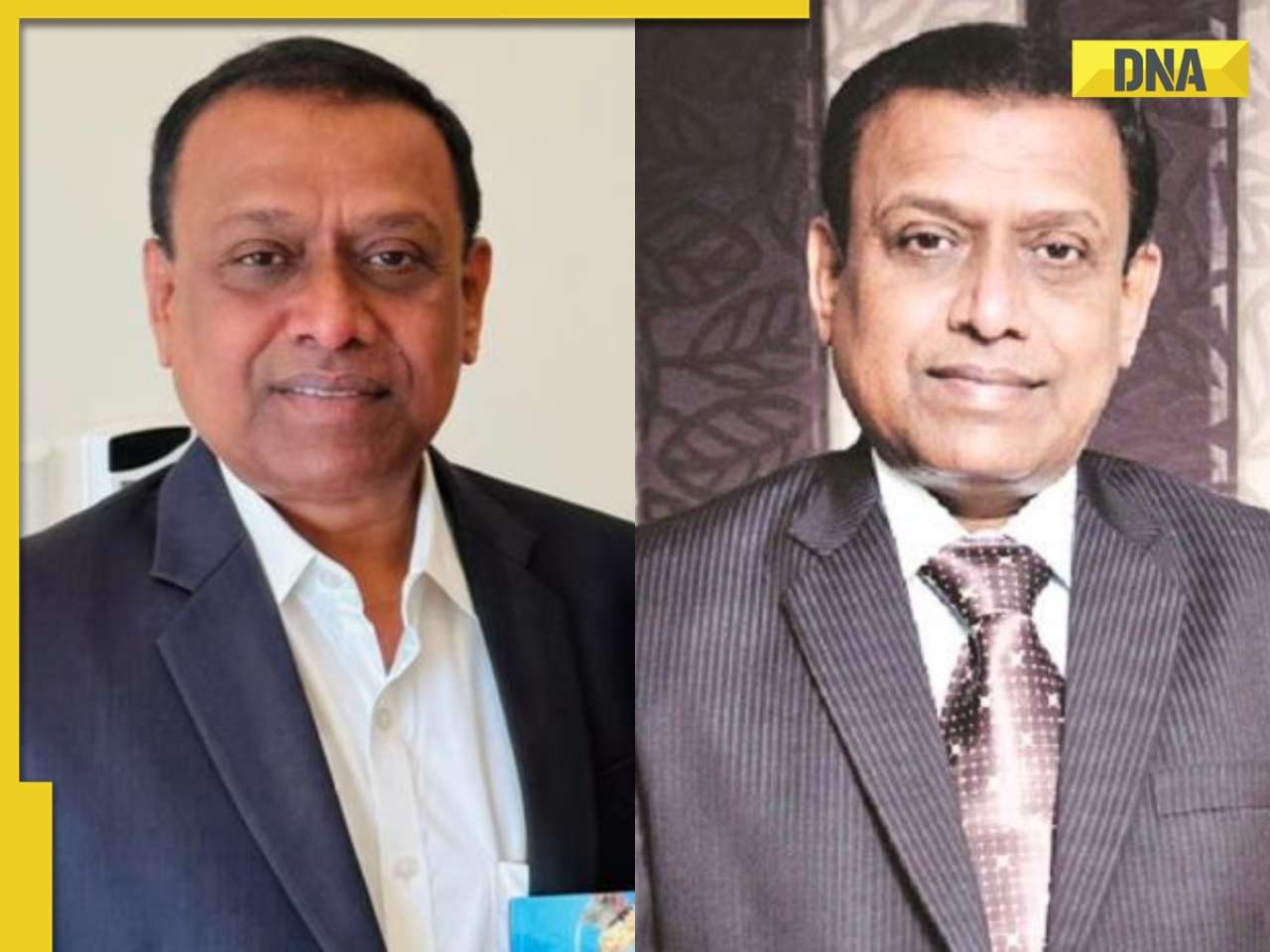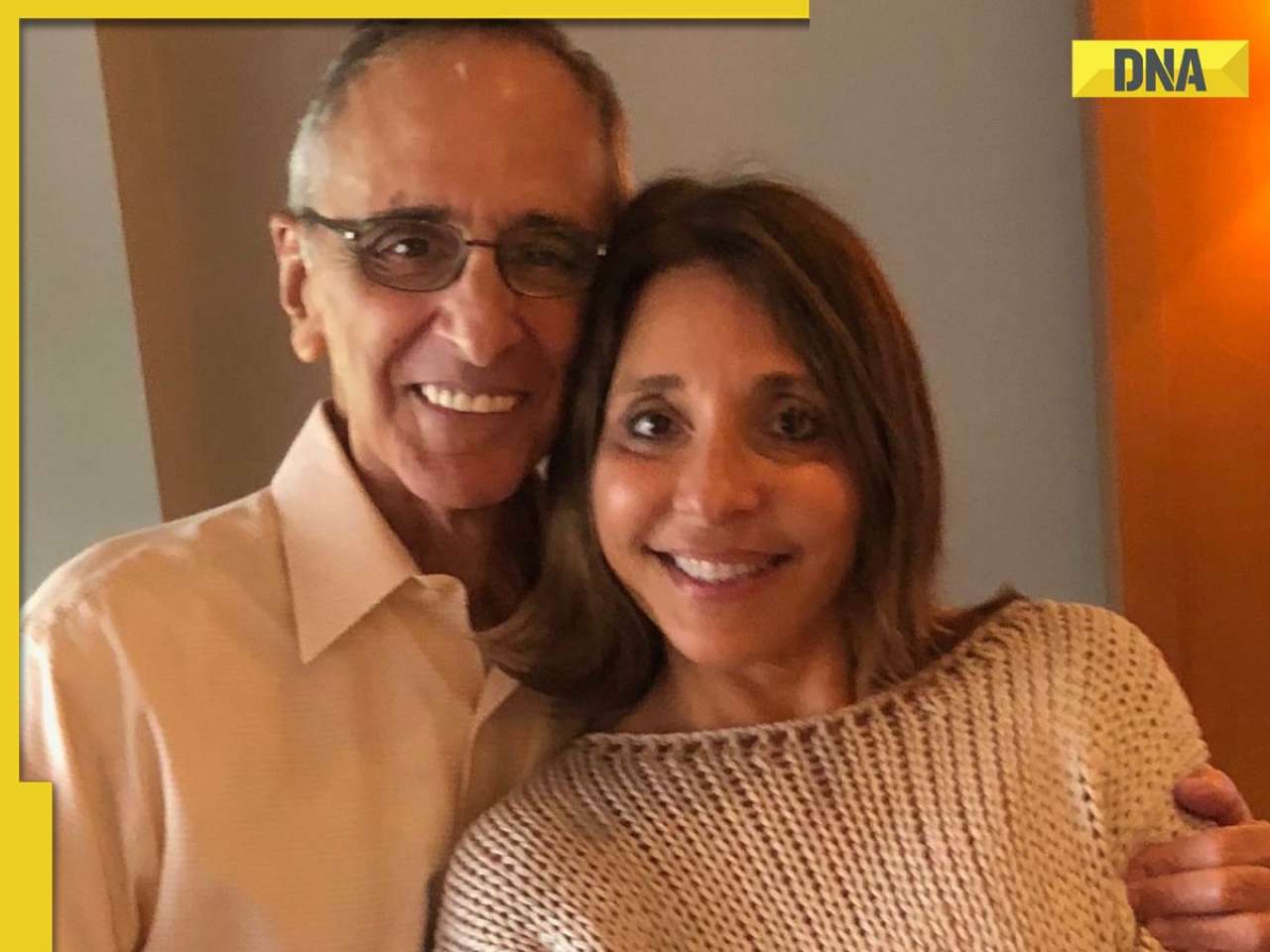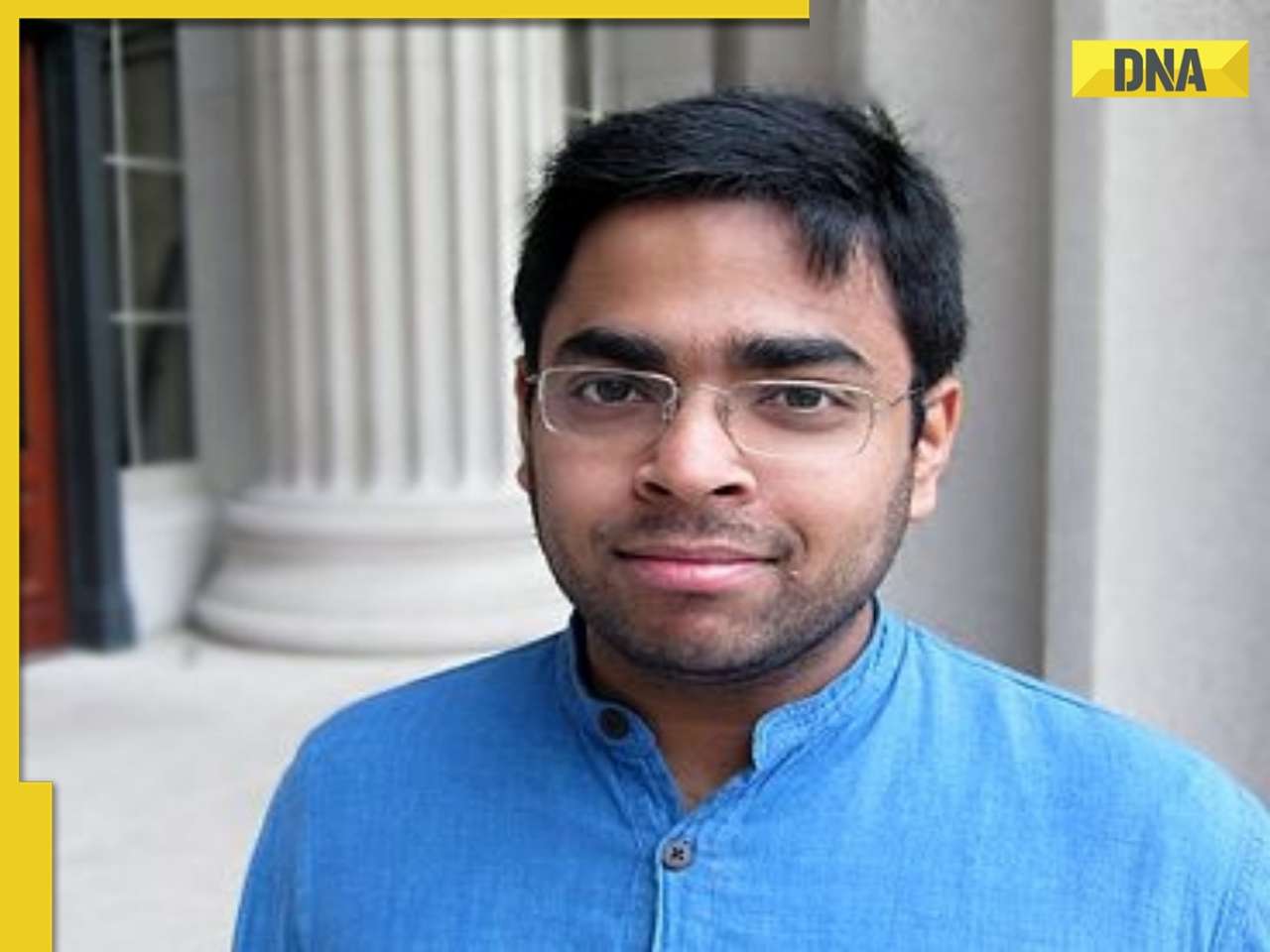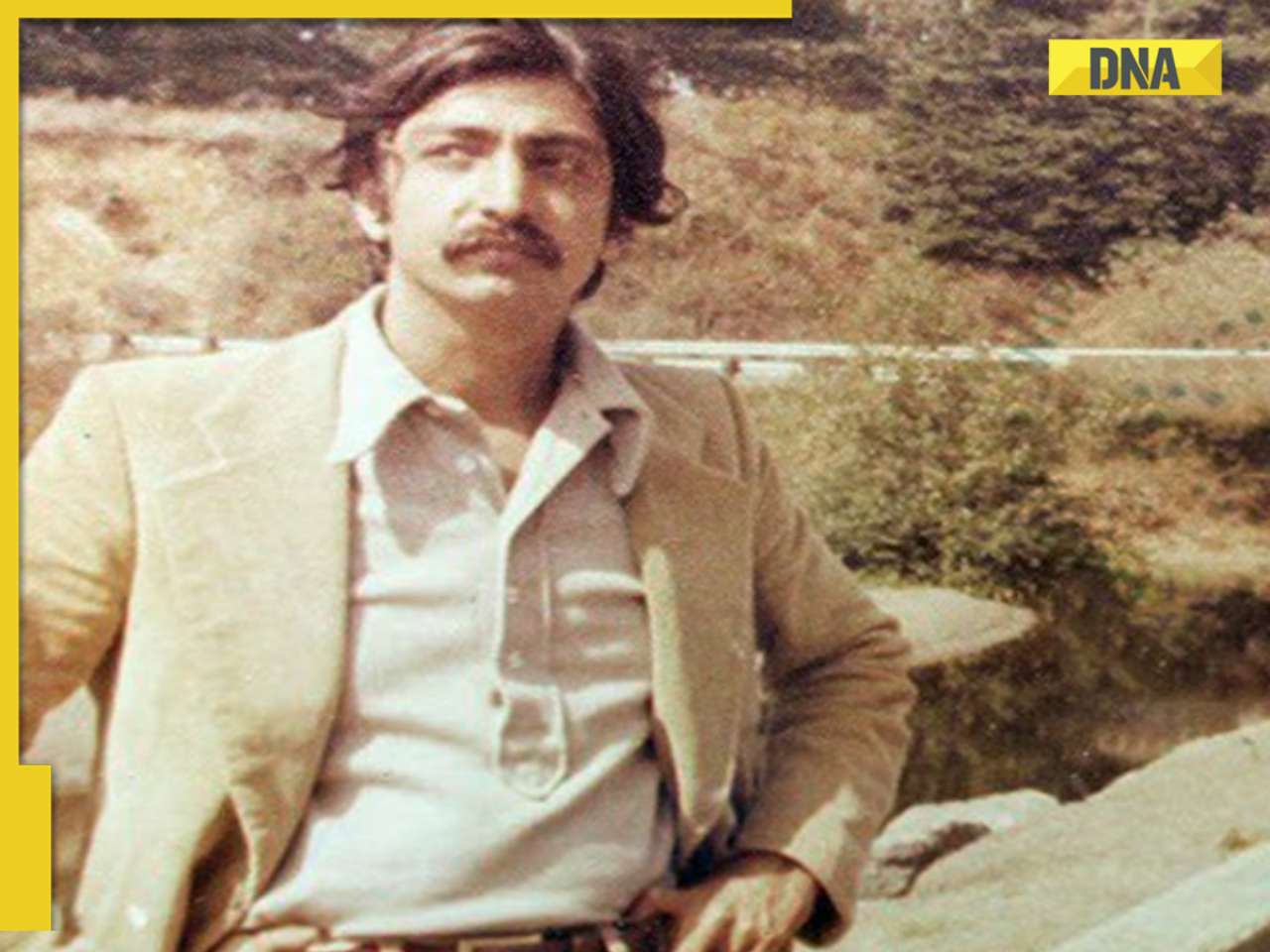Your root canal may not be the only thing to worry about. Kareena N Gianani looks at other disorders of the teeth that lie low but need equal attention.
Your root canal may not be the only thing to worry about. Kareena N Gianani looks at other disorders of the teeth that lie low but need equal attention
It’s a tooth at the root of your problems
Lavanya Sharma was left gaping at the dental X ray. She saw five unerrupted teeth below her gums — two wisdom teeth, two canines and a premolar — embedded in her bone.
Bad breath and a sudden pain behind her jaw prompted her to visit the dentist who diagnosed a gum infection and suggested she get an X ray. The radiogram showed Sharma had a condition called multiple impacted teeth.
An impacted tooth is prevented from growing normally due to pressure from the bone or other teeth. Experts believe that the problem of impacted teeth is genetic.
Dr Ashok Dabir, consultant oral and maxillofacial surgeon at Breach Candy Hospital, explains that impacted teeth are not always dangerous.
“Wisdom teeth are the most common forms of impacted teeth. I’ve seen many cases when these impacted teeth don’t affect the patient’s daily activities at all. The problem arises when these exert pressure on other teeth, or get infected.”
He adds that in rare cases, impacted teeth may also trigger the growth of a keratocyst (explained below).
Sharma had her wisdom teeth removed surgically, but the canines and premolar tooth were left untouched as they posed no threat. Dr Dabir warns that impacted teeth are asymptomatic, but mustn’t be treated lightly.
“There are chances that you can develop gum diseases, cardiovascular disorders, or even cancer.”
Stress can also cause your jaw to ‘click’
Abhijeet Roy didn’t need a dentist to tell him that his stress levels as an audit manager were dangerously high. The 30-year-old had to rush to one because of a strange ‘click’ sound every time he opened and closed his mouth.
He felt a pain around his jaw, neck and back, that spread to his arm. “My dentist said that I was suffering from myofascial pain dysfunction syndrome (MPD) caused, in my case, due to bruxism (grinding of teeth).”
Stress had given rise to Roy’s habit. Ligaments around the joint formed by the jaw and the skull had stretched beyond capacity, causing his jaw to ‘click’.
Dr Dinesh Jain, consultant oral and maxillofacial surgeon, is far from surprised. “Earlier, people suffered from it because of tobacco chewing. But it’s almost become a psychosomatic disorder now. I see 2-3 patients a week with MPD due to psychological problems.”
Other causes of MPD are misaligned teeth, jaw-injury, fractured teeth, weight-lifting (it makes one clench his jaw) and severe nailbiting. MPD is likely to strike at middle age and affects more women than men.
Roy was advised to wear a dental guard at night that reduced his tooth-grinding. “I’m trying to cut out stress and not exert my jaw muscles,” says Roy. Dr Suchetan Pradhan, cosmetic, laser and implant dentist, feels low-power laser treatment is the only long-term therapy. In severe cases of MPD, surgery is considered the last resort.
A ‘harmless’ cyst that eats away your bone
As Kavya Kashyap headed to her dentist’s, she thought it was just one of those days when her wisdom tooth was erupting painfully.
However, the area got infected so severely, that Kashyap couldn’t open her mouth and her left cheek had swollen alarmingly.
With no respite even after four sittings to drain the abscess, the dentist advised Kashyap get an ortho-pantomogram (a dental radiography).
Kashyap’s lower jaw bone had an odontogenic keratocyst. It is an uncommon condition where a benign cyst erodes the jaw over years without any symptoms of pain or swelling.
Kashyap and her doctor were unaware of the cyst for five years, and by the time they realised there was something amiss, the cyst had reduced her bone to less than half.
“The diagnosis was by pure chance. I had only gone to get my wisdom tooth checked.”
The cause of an odontogenic keratocyst is unknown. However, most doctors believe that embedded teeth which do not erupt fully, are likely to cause this condition most common in people between 20 and 30.
Kashyap underwent a surgery to remove the cyst in June 2006. Her bone will grow naturally over time. Dr Shalini Pradhan, dental surgeon, says: “In 20 years, I have diagnosed only four cases. But there is up to 60 per cent chance that a keratocyst will reappear, because it produces daughter cysts around the area that may grow after surgery.”
g_kareena@dnaindia.net
![submenu-img]() DU Admission 2024: Delhi University launches admission portal to 71000 UG seats; check details
DU Admission 2024: Delhi University launches admission portal to 71000 UG seats; check details![submenu-img]() Guardians of Cybersecurity: Inside Santosh Kumar Kande's Mission to Protect Corporate Networks
Guardians of Cybersecurity: Inside Santosh Kumar Kande's Mission to Protect Corporate Networks![submenu-img]() Meet man who leads Rs 642000 crore govt company, not from IIT, IIM
Meet man who leads Rs 642000 crore govt company, not from IIT, IIM![submenu-img]() Former RBI Governor Raghuram Rajan to join Congress? He says, ‘Rahul Gandhi is…’
Former RBI Governor Raghuram Rajan to join Congress? He says, ‘Rahul Gandhi is…’![submenu-img]() Maharagni teaser: Kajol looks badass, beats up goons in action-packed first look, fans call her 'lady Singham'
Maharagni teaser: Kajol looks badass, beats up goons in action-packed first look, fans call her 'lady Singham'![submenu-img]() DU Admission 2024: Delhi University launches admission portal to 71000 UG seats; check details
DU Admission 2024: Delhi University launches admission portal to 71000 UG seats; check details![submenu-img]() Meet IAS officer, who became UPSC topper in 1st attempt, sister is also IAS officer, mother cracked UPSC exam, she is...
Meet IAS officer, who became UPSC topper in 1st attempt, sister is also IAS officer, mother cracked UPSC exam, she is...![submenu-img]() Meet student who cleared JEE Advanced with AIR 1, went to IIT Bombay but left after a year due to..
Meet student who cleared JEE Advanced with AIR 1, went to IIT Bombay but left after a year due to..![submenu-img]() Meet man who used to walk to work, eat free meals, left high-paying corporate job at 29 due to...
Meet man who used to walk to work, eat free meals, left high-paying corporate job at 29 due to...![submenu-img]() Meet woman who left high-paying job as NASA scientist to crack UPSC exam twice, became IRS then IPS officer with AIR…
Meet woman who left high-paying job as NASA scientist to crack UPSC exam twice, became IRS then IPS officer with AIR…![submenu-img]() DNA Verified: Did Kangana Ranaut party with gangster Abu Salem? Actress reveals who's with her in viral photo
DNA Verified: Did Kangana Ranaut party with gangster Abu Salem? Actress reveals who's with her in viral photo![submenu-img]() DNA Verified: New Delhi Railway Station to be closed for 4 years? Know the truth here
DNA Verified: New Delhi Railway Station to be closed for 4 years? Know the truth here![submenu-img]() DNA Verified: Did RSS chief Mohan Bhagwat praise Congress during Lok Sabha Elections 2024? Know the truth here
DNA Verified: Did RSS chief Mohan Bhagwat praise Congress during Lok Sabha Elections 2024? Know the truth here![submenu-img]() DNA Verified: Is CAA an anti-Muslim law? Centre terms news report as 'misleading'
DNA Verified: Is CAA an anti-Muslim law? Centre terms news report as 'misleading'![submenu-img]() DNA Verified: Lok Sabha Elections 2024 to be held on April 19? Know truth behind viral message
DNA Verified: Lok Sabha Elections 2024 to be held on April 19? Know truth behind viral message![submenu-img]() Avneet Kaur shines in navy blue gown with shimmery trail at Cannes 2024, fans say 'she is unstoppable now'
Avneet Kaur shines in navy blue gown with shimmery trail at Cannes 2024, fans say 'she is unstoppable now'![submenu-img]() Assamese actress Aimee Baruah wins hearts as she represents her culture in saree with 200-year-old motif at Cannes
Assamese actress Aimee Baruah wins hearts as she represents her culture in saree with 200-year-old motif at Cannes ![submenu-img]() Aditi Rao Hydari's monochrome gown at Cannes Film Festival divides social media: 'We love her but not the dress'
Aditi Rao Hydari's monochrome gown at Cannes Film Festival divides social media: 'We love her but not the dress'![submenu-img]() AI models play volley ball on beach in bikini
AI models play volley ball on beach in bikini![submenu-img]() AI models set goals for pool parties in sizzling bikinis this summer
AI models set goals for pool parties in sizzling bikinis this summer![submenu-img]() DNA Explainer: Why was Iranian president Ebrahim Raisi, killed in helicopter crash, regarded as ‘Butcher of Tehran’?
DNA Explainer: Why was Iranian president Ebrahim Raisi, killed in helicopter crash, regarded as ‘Butcher of Tehran’?![submenu-img]() DNA Explainer: Why did deceased Iranian President Ebrahim Raisi wear black turban?
DNA Explainer: Why did deceased Iranian President Ebrahim Raisi wear black turban?![submenu-img]() Iran President Ebrahim Raisi's death: Will it impact gold, oil prices and stock markets?
Iran President Ebrahim Raisi's death: Will it impact gold, oil prices and stock markets?![submenu-img]() Haryana Political Crisis: Will 3 independent MLAs support withdrawal impact the present Nayab Saini led-BJP government?
Haryana Political Crisis: Will 3 independent MLAs support withdrawal impact the present Nayab Saini led-BJP government?![submenu-img]() DNA Explainer: Why Harvey Weinstein's rape conviction was overturned, will beleaguered Hollywood mogul get out of jail?
DNA Explainer: Why Harvey Weinstein's rape conviction was overturned, will beleaguered Hollywood mogul get out of jail?![submenu-img]() Maharagni teaser: Kajol looks badass, beats up goons in action-packed first look, fans call her 'lady Singham'
Maharagni teaser: Kajol looks badass, beats up goons in action-packed first look, fans call her 'lady Singham'![submenu-img]() Shikhar Dhawan on what made him turn talk show host for Dhawan Karenge, addresses Kapil Sharma comparison | Exclusive
Shikhar Dhawan on what made him turn talk show host for Dhawan Karenge, addresses Kapil Sharma comparison | Exclusive![submenu-img]() Panchayat season 3 public review: Fans hail Neena Gupta, Jitendra Kumar's 'emotional, unbeatable series', call it banger
Panchayat season 3 public review: Fans hail Neena Gupta, Jitendra Kumar's 'emotional, unbeatable series', call it banger![submenu-img]() Meet superstar who gave Bollywood's first Rs 100 crore film, quit acting at peak of her career, married man with..
Meet superstar who gave Bollywood's first Rs 100 crore film, quit acting at peak of her career, married man with..![submenu-img]() 'Is she engaged?': Avneet Kaur confuses fans as she flaunts ring, says 'can’t wait to tell the world about this union'
'Is she engaged?': Avneet Kaur confuses fans as she flaunts ring, says 'can’t wait to tell the world about this union'![submenu-img]() Anant Ambani-Radhika Merchant pre-wedding bash: Here's what Mukesh Ambani's guests will get to eat during ceremony
Anant Ambani-Radhika Merchant pre-wedding bash: Here's what Mukesh Ambani's guests will get to eat during ceremony![submenu-img]() Mukesh Ambani, Nita Ambani to celebrate Akash, Shloka's daughter Veda's birthday on cruise, check theme, other details
Mukesh Ambani, Nita Ambani to celebrate Akash, Shloka's daughter Veda's birthday on cruise, check theme, other details ![submenu-img]() Terra and Mare: Hidden meaning behind Mukesh Ambani's son Anant Ambani-Radhika Merchant's second pre-wedding bash theme
Terra and Mare: Hidden meaning behind Mukesh Ambani's son Anant Ambani-Radhika Merchant's second pre-wedding bash theme![submenu-img]() 'Simple, boring resume can get you...,' says former recruiter with Google, Apple, Samsung
'Simple, boring resume can get you...,' says former recruiter with Google, Apple, Samsung![submenu-img]() Mukesh Ambani's son Anant-Radhika Merchant pre wedding bash: Cruise set sails from Malta not from Miami due to...
Mukesh Ambani's son Anant-Radhika Merchant pre wedding bash: Cruise set sails from Malta not from Miami due to...

























































)
)
)
)
)
)